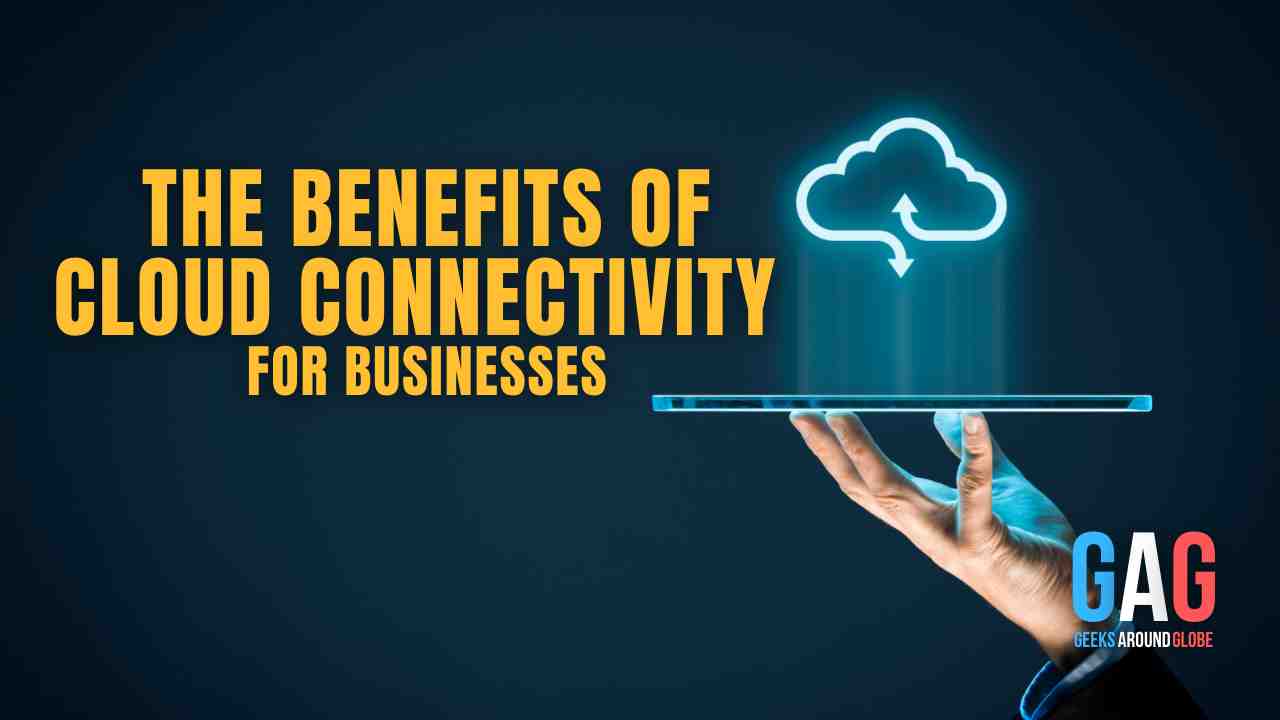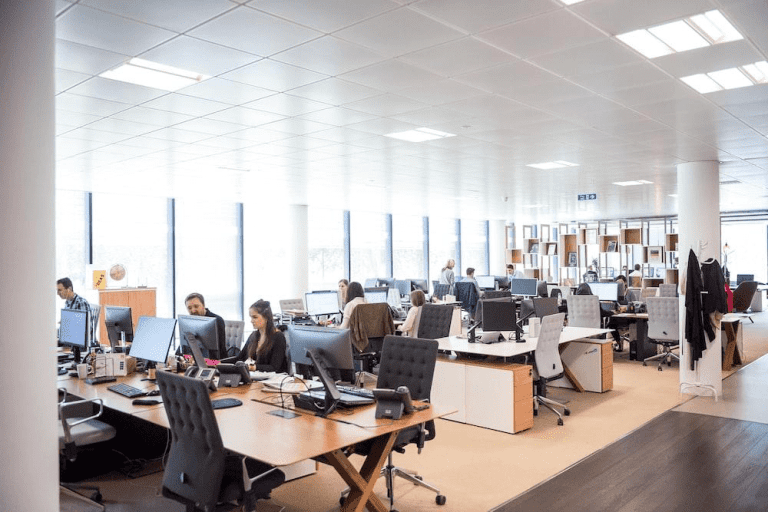Data security is paramount, whether you’re a global enterprise or a burgeoning startup. Each year, the headlines unveil stories of major data breaches that have cost companies dearly in terms of reputation, customer trust, and bottom lines. With millions of records being updated on platforms like Salesforce every day, the stakes have never been higher for ensuring robust security measures.
This comprehensive guide is designed to demystify what every business needs to know about Salesforce security. From understanding the threats and securing your environment to utilizing event monitoring APIs, you’ll learn how to safeguard your operations effectively. Read on, and empower your business to stay secure in the digital age.
Understanding the Cyber Threat Landscape for Businesses
Before we unpack how Salesforce security works, it’s crucial to grasp the nature of the threats faced by businesses today. Cybersecurity is an ongoing arms race, with malicious actors constantly refining their tactics to exploit vulnerabilities.
Common threats include phishing scams, malware, ransomware attacks, and internal data leaks. Businesses must also contend with the risk of insider threats, where employees, intentionally or inadvertently, compromise security. With Salesforce housing critical customer, sales, and marketing data, it is a prime target for such attacks.
Global Threats and Business Impact
Large-scale breaches like the SolarWinds incident underscore the global nature of cyber threats, where multiple businesses can be affected indirectly through a single, orchestrated attack. For organizations, the impact can be multifaceted—disrupting operations, incurring regulatory fines, and eroding trust.
Insider Threats and Employee Training
Employee education is a fundamental pillar of any cybersecurity strategy. By investing in comprehensive training programs, businesses can reduce the risk of data breaches stemming from the actions of the workforce. Training can cover email best practices, recognizing suspicious activities, and the importance of secure data handling.
Foundations of Salesforce Data Security
Salesforce data security is layered and multifaceted. At its core, it’s built on the principle of the ‘shared responsibility model,’ where Salesforce provides tools and features, and businesses manage their configuration and usage.
Roles and Permission Sets
Understanding user roles and permission sets is key to controlling who has access to what in your Salesforce environment. By setting user permissions with the principle of ‘least privilege,’ you minimize the potential for unauthorized data access.
Multi-factor Authentication (MFA)
One of the most effective measures against unauthorized access is MFA. By requiring multiple forms of verification, such as a password and a temporary authentication code, MFA adds an extra layer of security, especially for high-privileged accounts.
Data Encryption
Salesforce offers robust encryption options to protect data at rest and in transit. This ensures that even if data is intercepted, it remains indecipherable to any unauthorized parties.
The Power of Event Monitoring in Salesforce Security
Salesforce offers powerful tools in its platform to help businesses monitor and log user activity. This visibility is critical for detecting anomalous behavior that could signal a security incident.
Salesforce Users and Event Monitoring APIs
The Users and Event Monitoring APIs provide insights into who is doing what within your Salesforce org. They can be used to track login history, identify changes to sensitive data, and monitor downloads of files containing proprietary information. Implementing regular reviews and updates of user permissions and access can significantly improve Salesforce security and reduce the risk of unauthorized data access. Additionally, integrating event monitoring with an SIEM system can provide a comprehensive view of security across all platforms and aid in detecting potential threats.
Configuring and Interpreting Monitoring Logs
While the monitoring APIs offer a wealth of data, configuring them to produce actionable intelligence requires thought and planning. Logs need to be regularly reviewed and analyzed to detect patterns or anomalies that may indicate a security risk.
Integrating with SIEM for Enhanced Visibility
For larger organizations, integrating Salesforce event monitoring with a Security Information and Event Management (SIEM) system can provide a holistic view of security across all platforms. This centralizes the monitoring process, making it easier to detect and respond to potential threats.
Best Practices for Strengthening Your Salesforce Environment
Security is not a set-it-and-forget-it affair. It requires constant review and adaptation as new threats emerge and the business evolves. Here are some best practices to ensure your Salesforce environment remains secure.
Regular Security Audits and Reviews
Conducting regular security audits and reviews is a fundamental practice for any business. This involves examining user access, permission sets, and logs, as well as reviewing the effectiveness of security measures such as encryption and MFA.
Patch Management and Updates
Keeping your Salesforce environment up-to-date with the latest patches and updates is crucial. These releases often contain important security fixes that address known vulnerabilities. A proactive approach to patch management can prevent exploits by attackers.
Incident Response Planning
No matter how robust your prevention measures are, breaches can still occur. Having an incident response plan in place ensures that your business can respond quickly and effectively to contain the breach and minimize damage.
Extending Security Beyond Salesforce
While Salesforce is often at the heart of a company’s digital operations, it’s just one piece of the puzzle. Extending your security efforts to other cloud services and on-premises systems is essential for comprehensive protection.
Building a Unified Security Culture
A unified security culture ensures that all aspects of your business, from your Salesforce department to your IT team, operate within a security-first mindset. Employees should understand that protecting data is everyone’s responsibility.
Utilizing Security-Focused Integrations
Salesforce has an extensive ecosystem of integrations and third-party apps that can enhance your security posture. Investing in solutions that complement Salesforce’s native security features can provide additional layers of protection.

Image Source : Pexels
The Future of Salesforce Security
The field of cybersecurity is constantly evolving, and so too are the tools and strategies used to protect business data. For Salesforce users, this means staying informed about the latest security features and best practices.
AI and Machine Learning for Proactive Security
Artificial intelligence and machine learning are increasingly being deployed to monitor and respond to security threats in real time. These technologies can analyze vast amounts of data to identify patterns and potential risks, often before they materialize into breaches.
Continuous Learning and Improvement
Continuous learning and improvement are at the core of a strong security strategy. Businesses must stay abreast of new threats and develop their capabilities to address them. This might involve taking advantage of training resources, investing in new technologies, or participating in industry forums.
Salesforce security is not something to be taken lightly. With the right approach, businesses can effectively protect their data, their customers, and their reputations. By understanding the threat landscape, leveraging the tools within Salesforce, and adopting a comprehensive approach to security, you can stay ahead of the game and focus on what matters—growing your business.
For a deeper understanding of how to implement these strategies, it’s essential to engage with the Salesforce community, leverage the expertise of certified professionals, and stay updated with the latest best practices. Remember, in the world of cybersecurity, the only constant is change, so be prepared, be proactive, and keep your business safe in the cloud.
Author Bio:
Joshua White is a passionate and experienced website article writer with a keen eye for detail and a knack for crafting engaging content. With a background in journalism and digital marketing, Joshua brings a unique perspective to his writing, ensuring that each piece resonates with readers. His dedication to delivering high-quality, informative, and captivating articles has earned him a reputation for excellence in the industry. When he’s not writing, Joshua enjoys exploring new topics and staying up-to-date with the latest trends in content creation.







